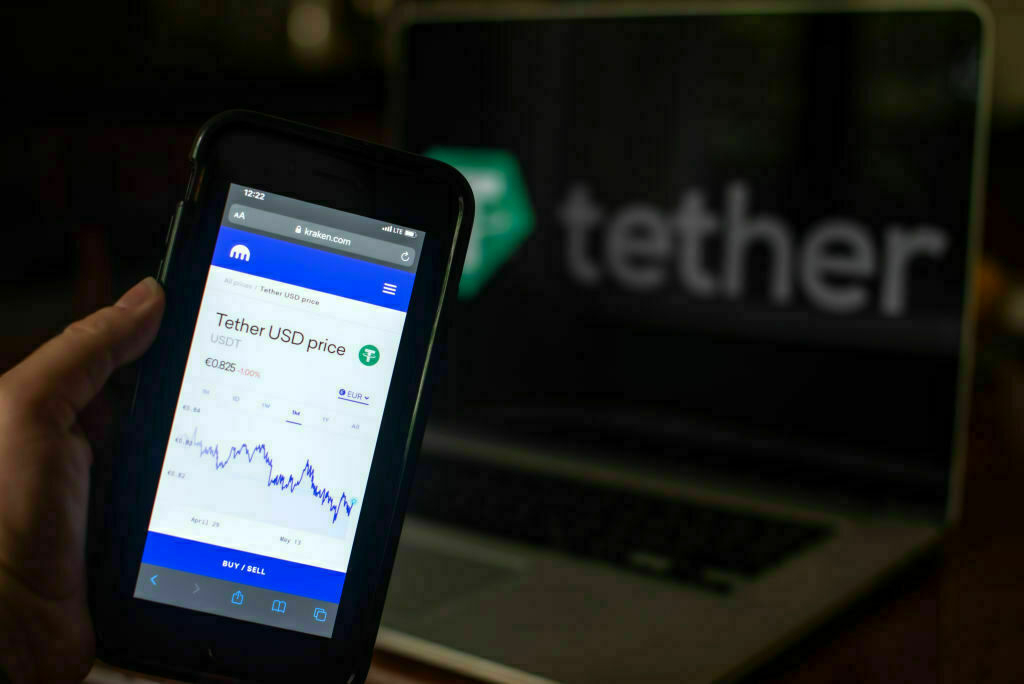Tether and crypto price manipulation
You’d expect Jacobin to be against crypto, but this is the first level-headed explanation of the ‘Tether controversy’ I’ve seen.
There is no conceivable universe in which cryptocurrency exchanges should need an exponentially expanding supply of stablecoins to facilitate daily trading. The explosion in stablecoins and the suspicious timing of market buys outlined in the 2017 paper suggest — as a 2019 class-action lawsuit alleges — that iFinex, the parent company of Tether and Bitfinex, is printing tethers from thin air and using them to buy up Bitcoin and other cryptocurrencies in order to create artificial scarcity and drive prices higher.Source: Cryptocurrency Is a Giant Ponzi Scheme | JacobinTether has effectively become the central bank of crypto. Like central banks, they ensure liquidity in the market and even engage in quantitative easing — the practice of central banks buying up financial assets in order to stimulate the economy and stabilize financial markets. The difference is that central banks, at least in theory, operate in the public good and try to maintain healthy levels of inflation that encourage capital investment. By comparison, private companies issuing stablecoins are indiscriminately inflating cryptocurrency prices so that they can be dumped on unsuspecting investors.
This renders cryptocurrency not merely a bad investment or speculative bubble but something more akin to a decentralized Ponzi scheme. New investors are being lured in under the pretense that speculation is driving prices when market manipulation is doing the heavy lifting.
This can’t go on forever. Unbacked stablecoins can and are being used to inflate the “spot price” — the latest trading price — of cryptocurrencies to levels totally disconnected from reality. But the electricity costs of running and securing blockchains is very real. If cryptocurrency markets cannot keep luring in enough new money to cover the growing costs of mining, the scheme will become unworkable and financially insolvent.
No one knows exactly how this would shake out, but we know that investors will never be able to realize the gains they have made on paper. The cryptocurrency market’s oft-touted $2 trillion market cap, calculated by multiplying existing coins by the latest spot price, is a meaningless figure. Nowhere near that much has actually been invested into cryptocurrencies, and nowhere near that much will ever come out of them.
